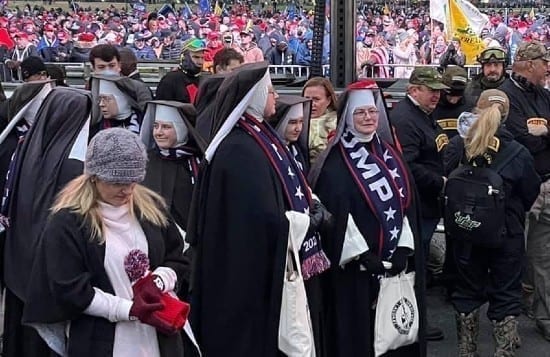So you go outside and find that a bear has trapped itself in your Subaru. What do you do?
Well, you probably call the cops. A bear in a Subaru is not really a law enforcement problem, but the dispatcher at 9-1-1 can probably put you in touch with a more focused animal control agency. Or they may just send over a couple of level-headed sheriff’s deputies, as happened earlier this week (autoplay video at that local news link) in Jefferson County, Colorado:
Deputies Tillman and McLaughlin should be commended not just for resolving this challenging situation, but for doing so while using G-rated language instead of the more emphatic words many of us would resort to if we were asked to get a freaking bear out of somebody’s freaking car. Their calm language and overall calm demeanor exemplify what we mean when we talk about the essential policing skill of “de-escalating” fraught, unpredictable, and potentially dangerous situations.
It’s interesting, and sad, that many law enforcement officers seem to be more inclined and equipped to practice that kind of de-escalation when dealing with wild animals than they are when dealing with frightened citizens.
The deputies didn’t draw their guns on the bear, the way so many police do at traffic stops, even though this wild animal was certainly unpredictable and potentially dangerous. (Insert bad “right to bear arms” puns here.) One of the deputies did carry a shotgun, a weapon not routinely carried by law enforcement, because they were responding to a call about a cornered bear and that was a prudent step just in case the trapped animal became frightened and decided to treat its rescuers the way it treated the upholstery in that Subaru.
Again, this is how I think it should work — police should have access to appropriate firearms when extraordinary circumstances call for it, but should not and do not need to carry those weapons under normal circumstances.
The deputies hoped not to have to use that shotgun and expected not to use it. And, as it turns out, they in fact did not use it –largely because they had hoped and expected not to do so. That, again, is strangely different from the usual situation when police draw their guns on humans sitting in cars.
Anyway, I’m posting that video because, A) It’s a bear in a car, and who doesn’t want to watch that? and because, B) It’s a vivid reminder that we call on police to perform a vast array of tasks in their roles as “first responders.”
That relatively recent term — “first responders” — arose as a fuzzy catch-all to include police, firefighters, EMTs, and anyone else who might be sent to help when we call 9-1-1 in an emergency. Police are almost always a part of that first response, even when the emergency in question has little to do with law enforcement. No matter if it’s a house fire or a heart attack, a flash flood or a tornado, a kitten up a tree or a bear in a hatchback, the first responders will likely include police officers.
In that role, as “first responders” to emergencies unrelated to law enforcement, the guns that police officers carry are neither necessary nor helpful. The presence of those guns — the introduction of those guns — increases the danger present, rather than reducing or helping to resolve it safely.
Yes, if the emergency in question involves a cornered bear, then bringing a shotgun may be prudent. And if armed robbers have taken hostages in a bank, then the “first responders” should be armed law enforcement officers. But what is the benefit of summoning a person with a pistol when there’s a house fire, or a heart attack, or a traffic accident? Most emergencies, most of the time, do not require people with guns. Introducing guns to such volatile situations increases the danger and increases the potential for a lethal outcome. That’s not the first response that we need.















